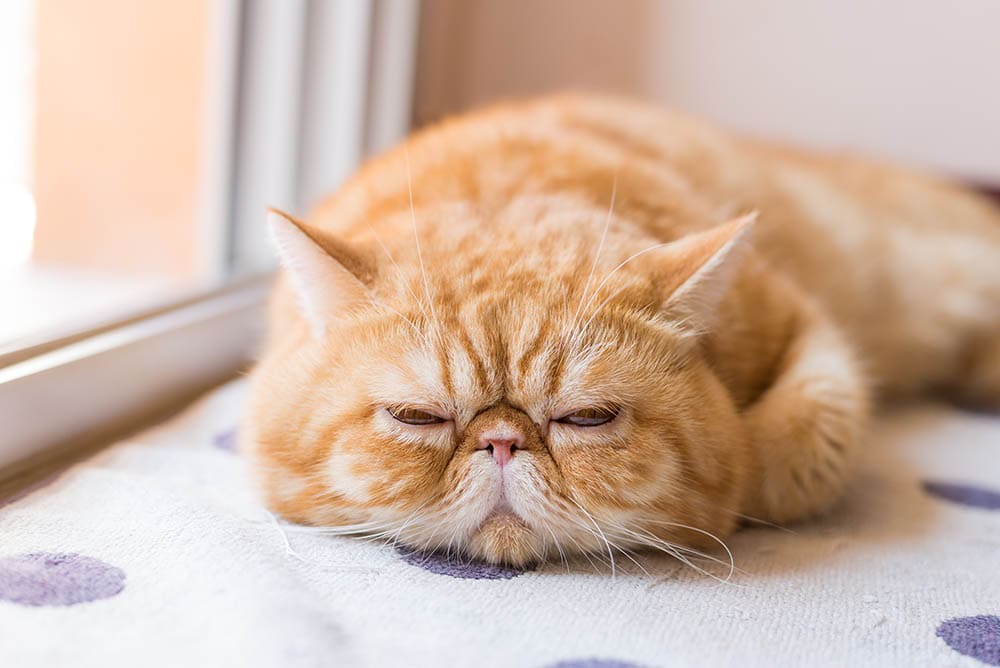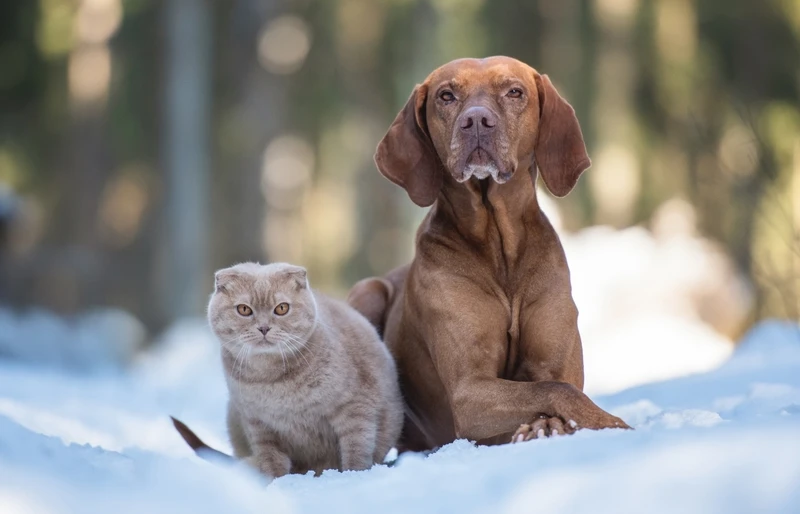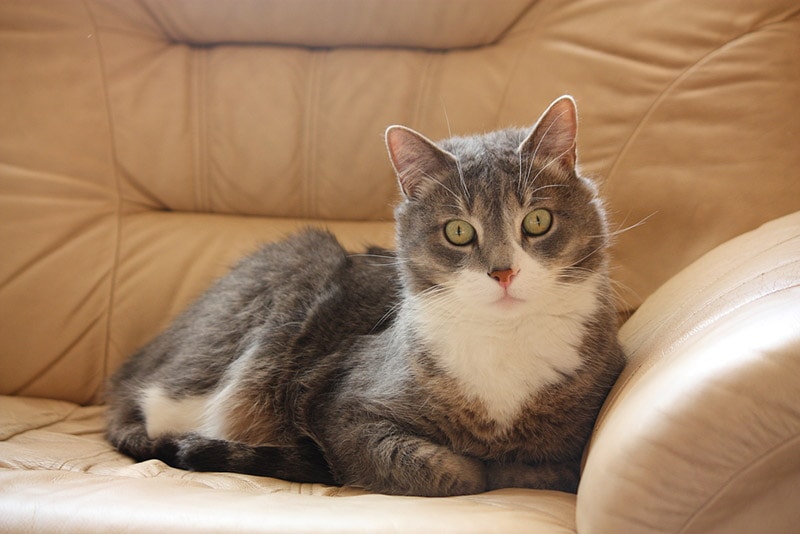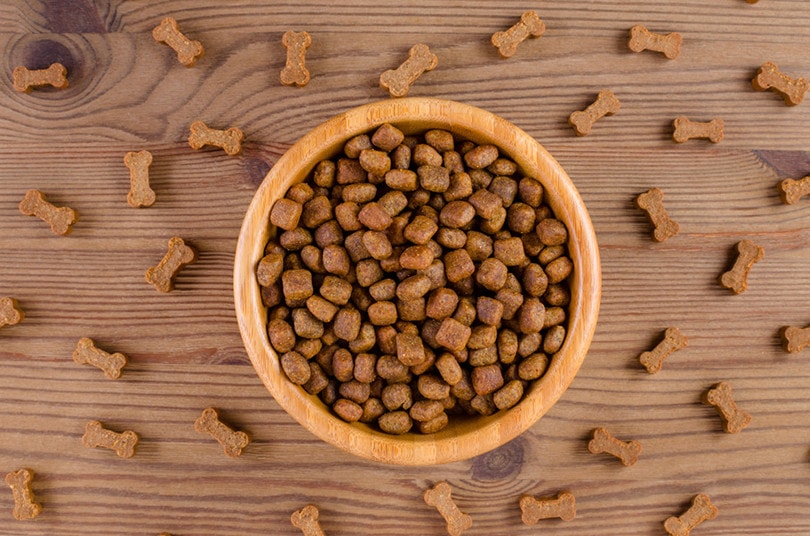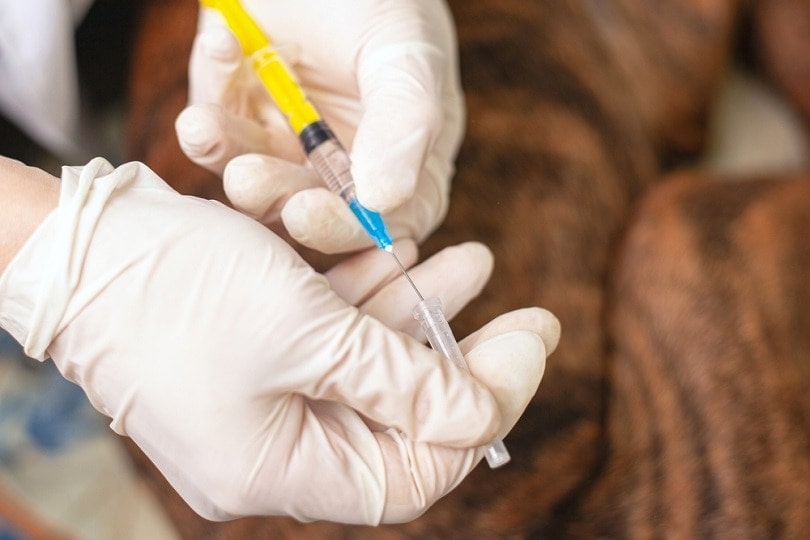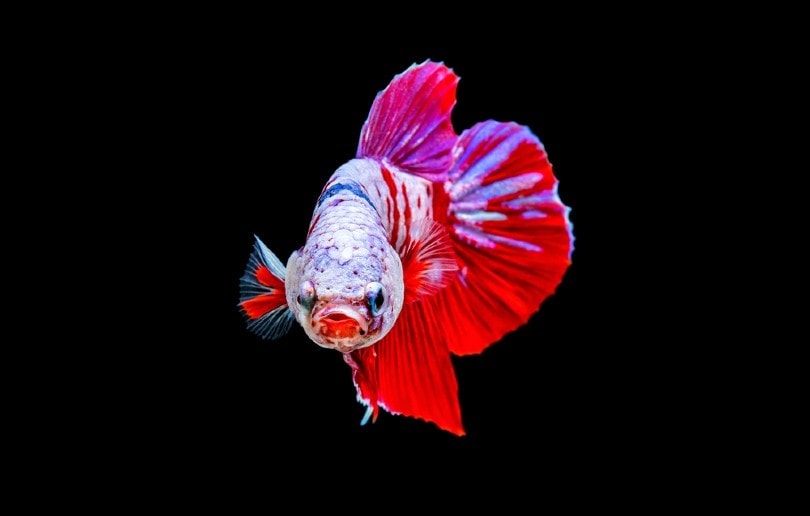15 Beautiful Turkish Angora Colors & Patterns (With Pictures)
Updated on
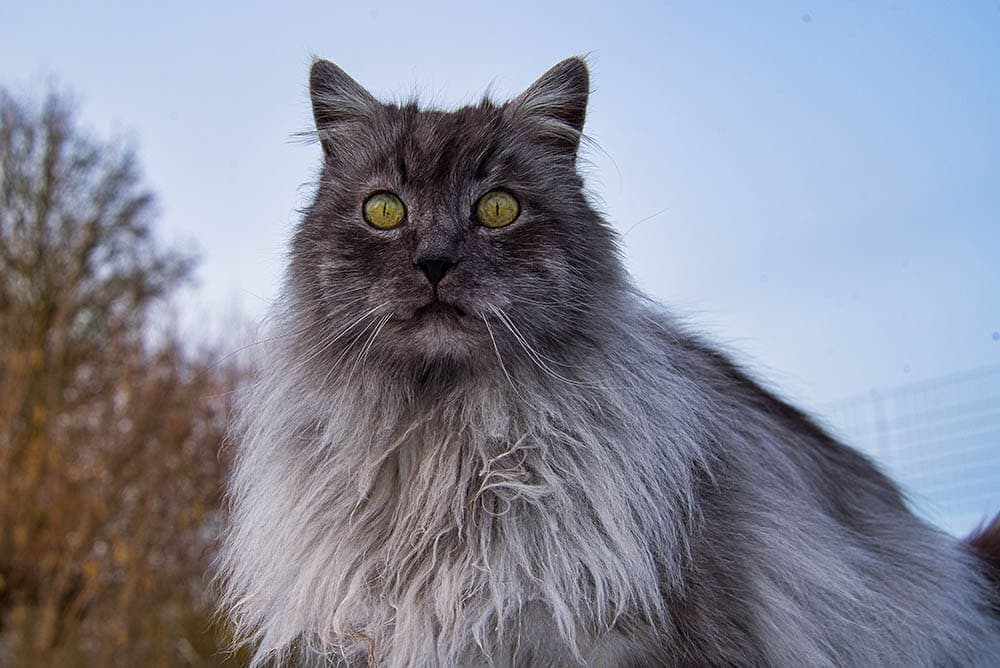
We know Turkish Angoras for many things, including their elegant appearance, no matter their color or pattern. Besides their distinguished looks, they are highly affectionate, sometimes to the point of being a bit clingy, and they get along with everyone, from humans to other pets. Their big personalities make them the star of the show and they definitely know they look the part!
Below, we look at the colors and coat patterns in which you’ll find these gorgeous cats, from solid colors like white and black to tabby, tortoiseshell, and more.
Colors
1. White
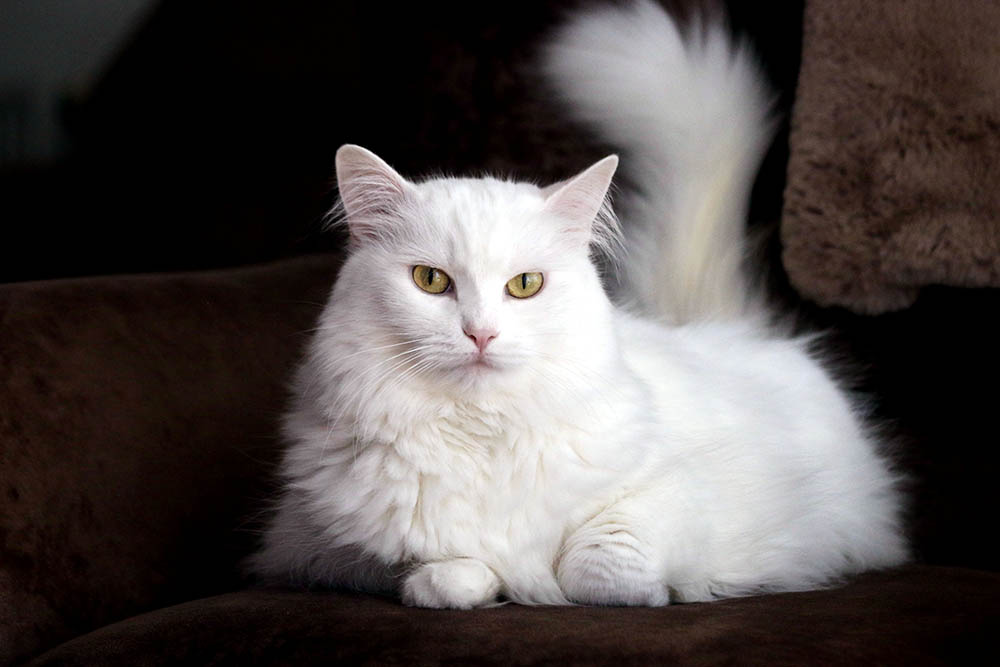
Most Turkish Angora cats are all-white, as this is the most popular color. They were originally only known as white cats with either blue or green eyes and the breed standard said as much. However, today, the breed standard includes many different colors and patterns, as you’ll see below. While not all colors are considered ready for show, all are just as beautiful with their delicate and wispy fur. Even with so many colors now available due to selected breeding to create these gorgeous patterns, white continues to be the most sought-after color.
2. Red
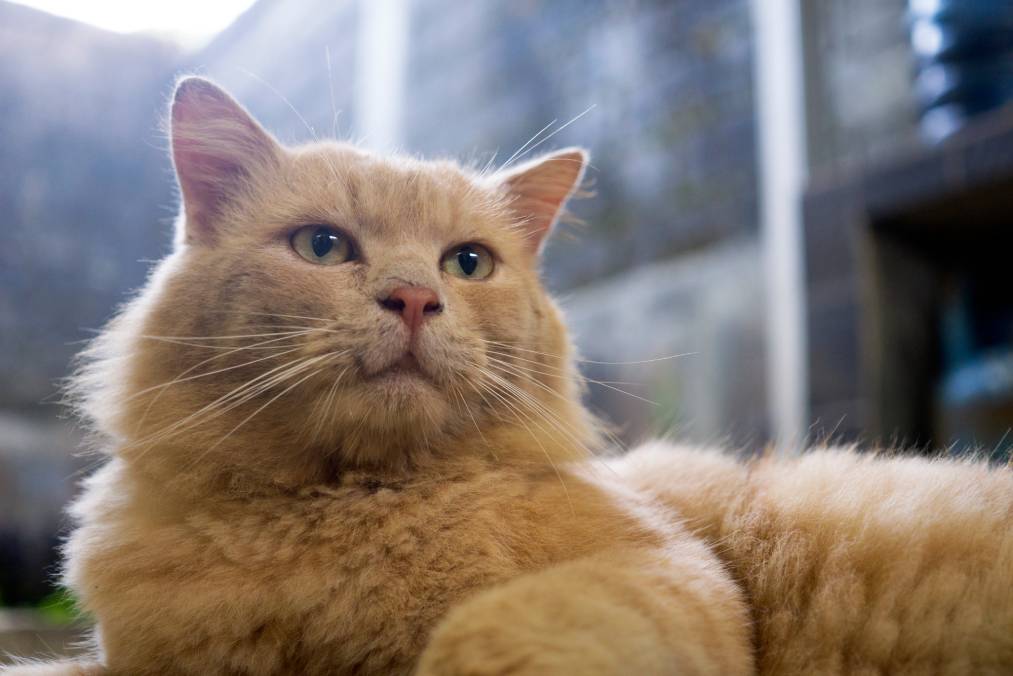
Red Turkish Angora cats are also called ginger or orange cats. They get their color from the “ginger” gene, which is more common in males than females. Red is the second most common color for this breed and is another that is highly sought after due to its unique appearance compared to other orange kitties. Their soft, fluffy fur gives them a muted look, whereas shorthair breeds look much brighter.
3. Cream

For an even softer ginger color, look for a Turkish Angora cat with a cream color. This is a diluted version of the red coloring we mentioned above. This is one of the rarer colors for this breed but can be found equally between the genders. It is a blend of ginger and white colorations, lending a unique striation of both with a very light orange undertone.
4. Silver
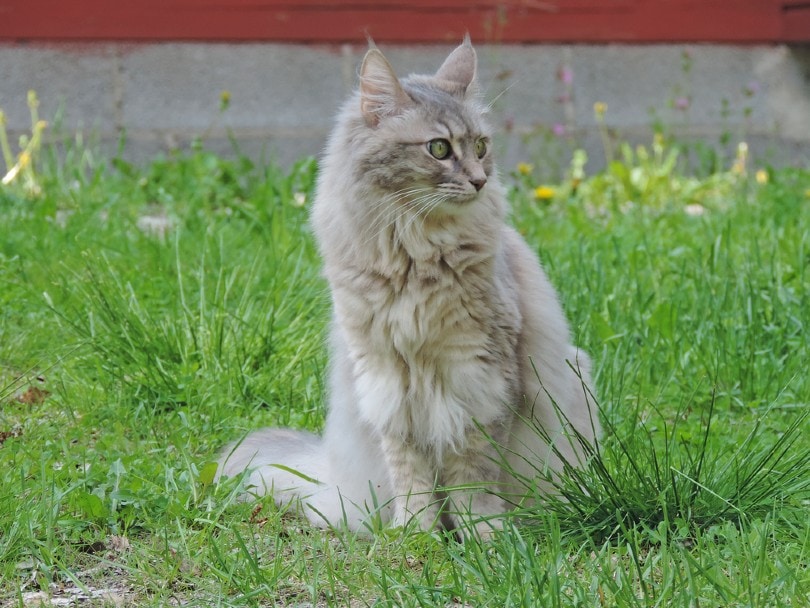
The silver color is typically found with the tabby pattern and is the most popular, by far. You’ll notice a light gray covering with muted striations around the body and more pronounced striping around the face indicative of a tabby. The fluffy fur of a Turkish Angora makes this particular color even more striking, especially considering the elegant stance and head shape of the breed.
5. Blue
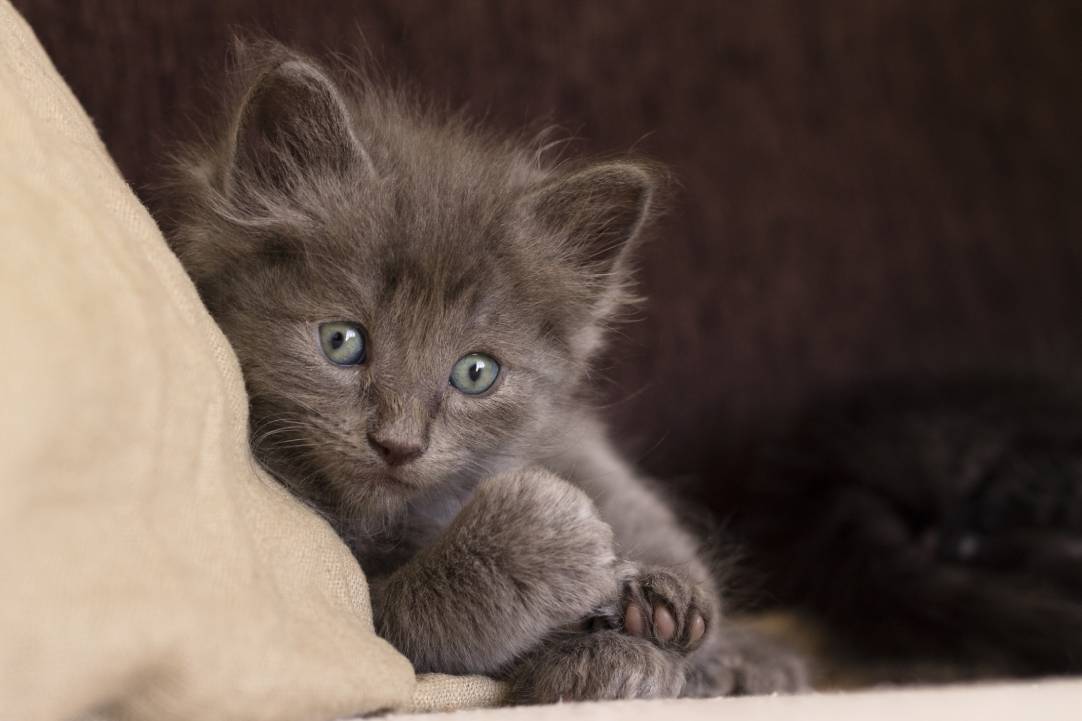
Solid dark gray or ashen-colored cats are typically called “blue.” This is because, in certain lighting, the fur will have a bluish tint to it. With the soft sheen of the Turkish Angora’s fur, this sheen is even more pronounced. Because of this, the blue coat color is highly sought after. Many breeders specialize in this coat color specifically due to its high demand.
6. Black
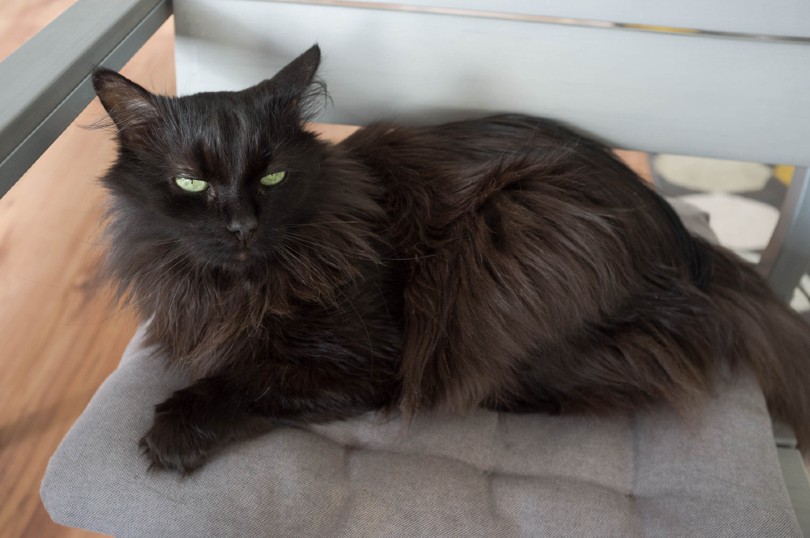
Although black Turkish Angora cats are strikingly beautiful cats, they are also one of the least popular. This is likely because of the many superstitions around black cats in general, including their connection to dark magic and witches. Many believe that black cats bring misfortune if they cross your path. While these beliefs are unfounded and undoubtedly untrue, they have been solidified in lore and made it nearly impossible for many black cats, including Turkish Angoras, to find homes.
Patterns
7. Solid
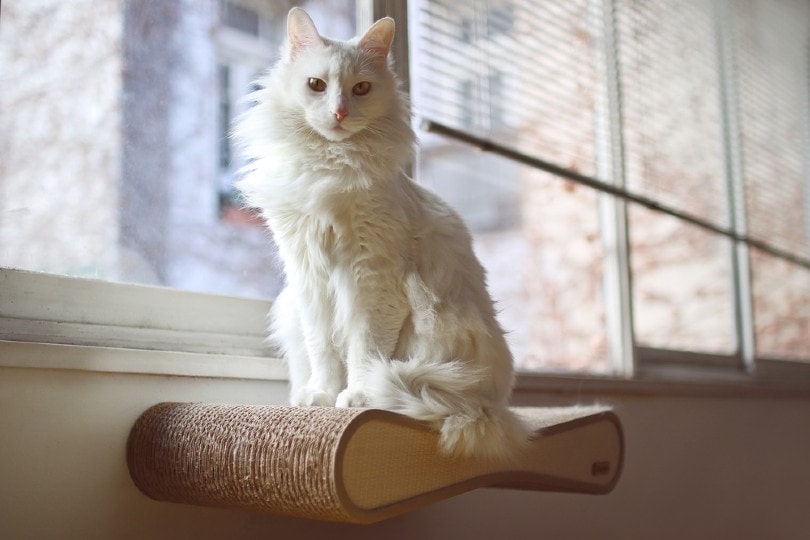
Most Turkish Angora cats are a solid color, many of them white. This is the most popular pattern that you will see when looking for one to adopt. While their coat may not have any interesting patterns, these all-color cats are just as striking, no matter their color, from white to black and anything in between.
8. Bi-Color
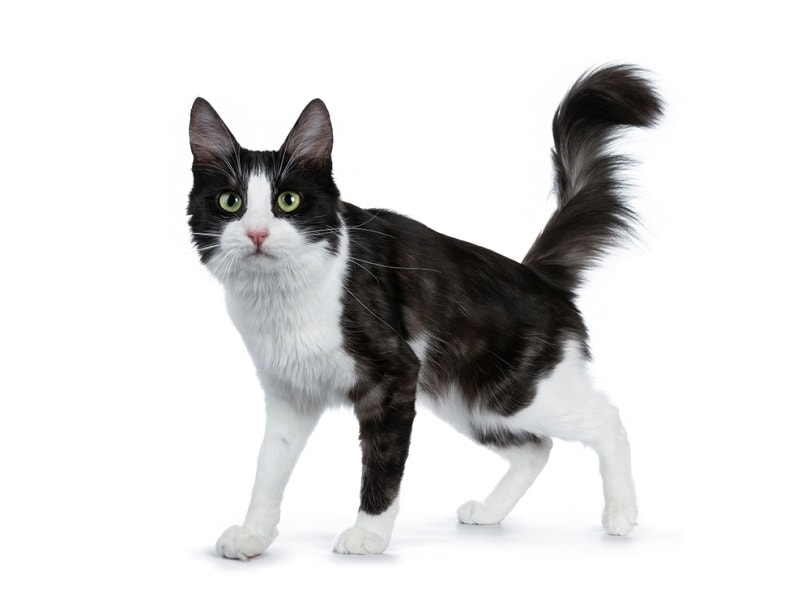
While solid color Turkish Angoras have just one color in their coat, bi-color ones have two. This can be nearly any combination of the two colors we listed above, making these very unique cats, with no two bi-color Turkish Angoras looking the same. A color may even be patterned, such as a white and silver tabby bi-color cat. The color combinations and patterns are limitless.
9. Calico
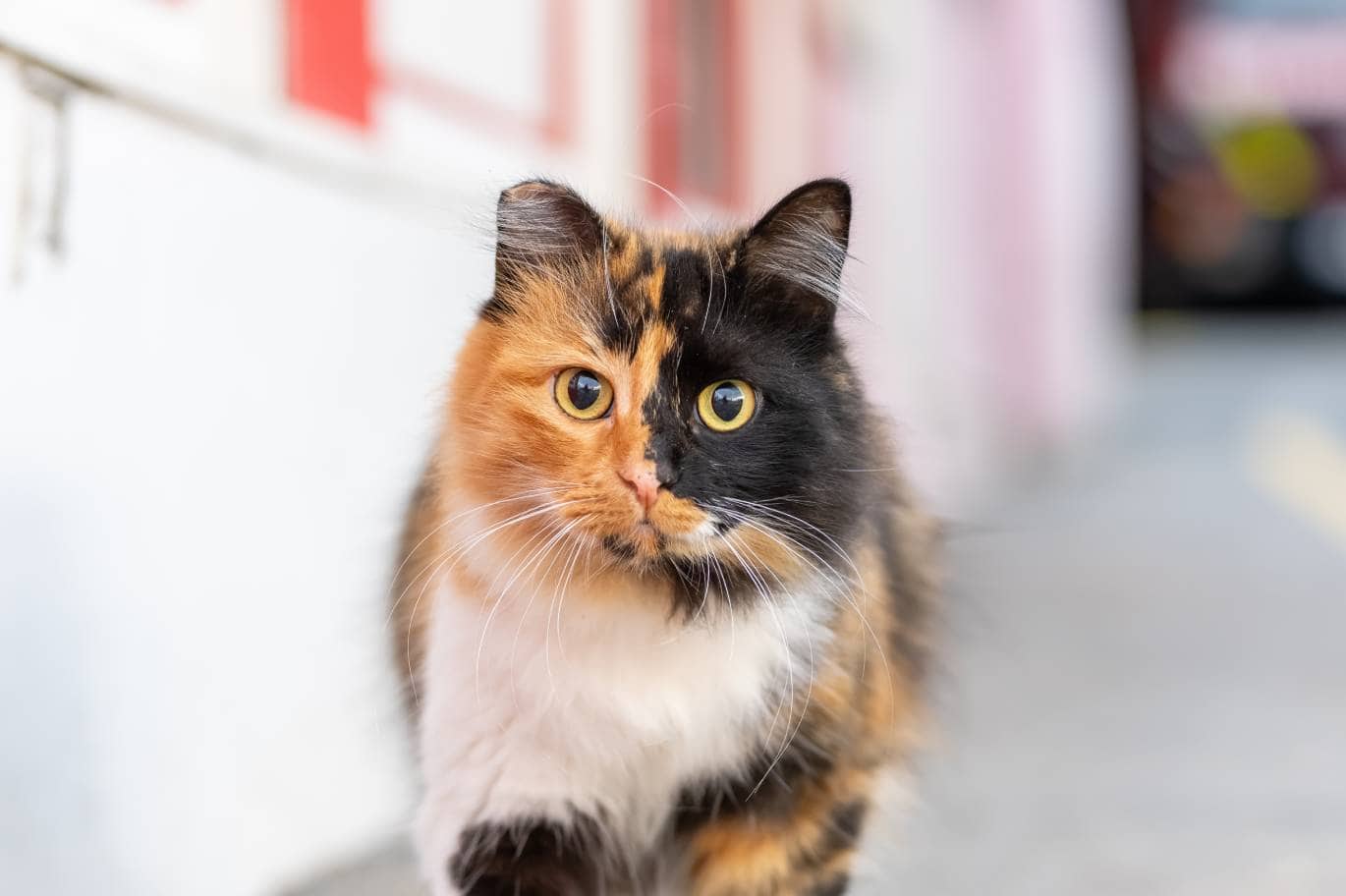
A bi-color Turkish Angora cat has two colors, and a Calico Turkish Angora has three. More commonly, this is a combination of white, brown, and black. However, it can be any combination of three colors. Calico cats of any breed are almost always female, as this coloring typically requires both X chromosomes. Only one in 3,000 calico cats will be male and they are often called the “unicorn” of cats.
10. Dilute Calico
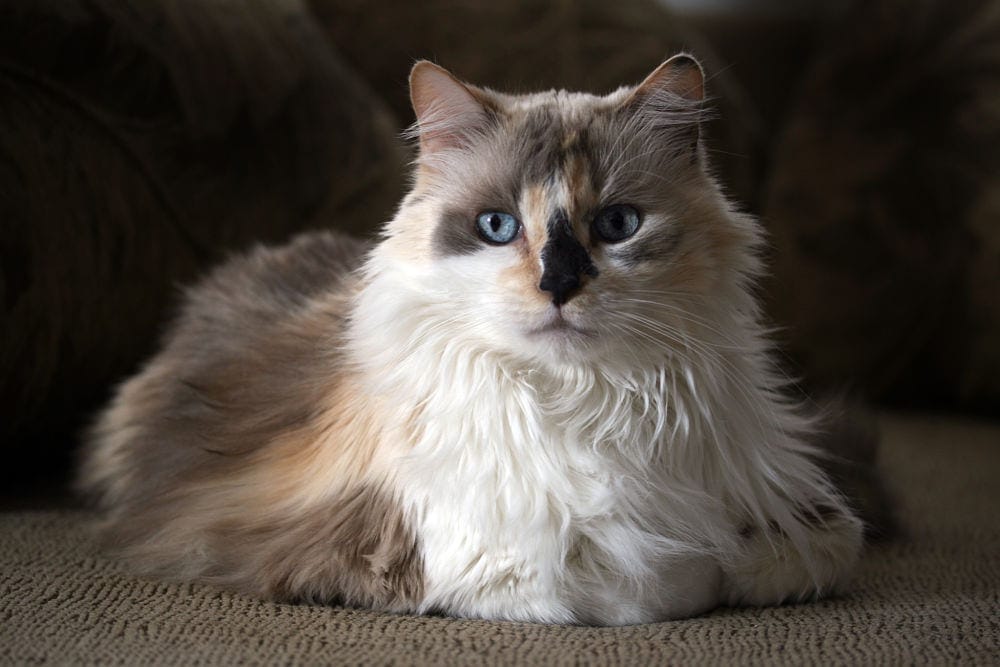
Dilute Calico is a softened and more muted coloring of the Calico. A Dilute Calico will often have cream-colored or pastel-shaded markings that are reminiscent of Calico colors but are not nearly as bright or bold. These patterns are much rarer and difficult to find, even among breeders, so be sure to network if you’re looking for one specifically.
11. Tortoiseshell
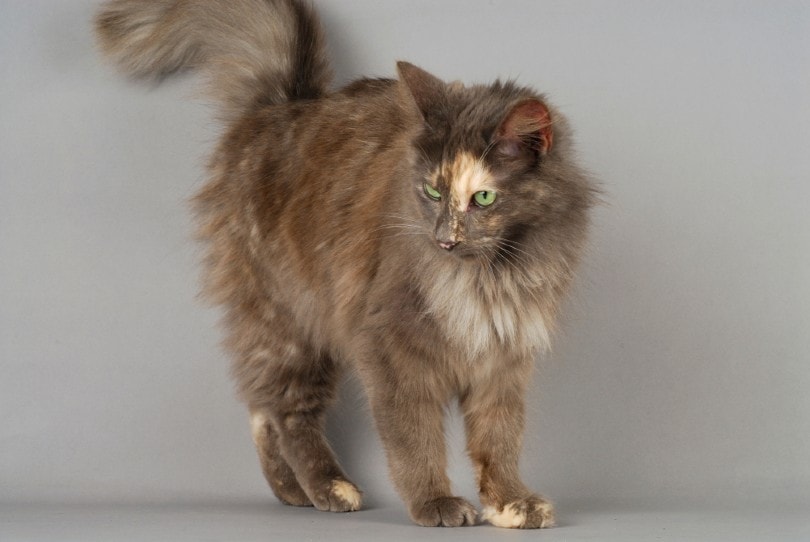
Tortoiseshell cats, affectionately called “Torties,” typically have a unique personality, no matter what breed they come in. This is especially true of the Turkish Angora. They typically have a lot of energy and are very vocal in expressing their needs (more like demands). For this reason, they are recommended for an active home or for an owner who can give them the extra attention they require. They have a marbled coat of two colors, usually brown, red, or black.
12. Blue-Cream

The Blue-Cream Turkish Angora is another dilute coloring, this time of the tortoiseshell markings. You should be aware, however, that the “Tortitude” attitude and high-energy personality is not typically diluted just because their colors are. You are still in for quite an experience with a Blue-Cream Turkish Angora, as they are likely to be louder and more energetic than other versions of this beautiful breed.
13. Tabby

Tabbies are not only unique in their markings, looking more like a wild cat than a house cat, but unique in personality as well. Whereas most Turkish Angoras are very affectionate and love to spend time with their owners, tabby cats are more aloof and like to spend time alone. They are highly intelligent and love to hunt, much like their markings would suggest. You can distinguish a true tabby cat by the shape of an “M” on their forehead.
14. Smoke
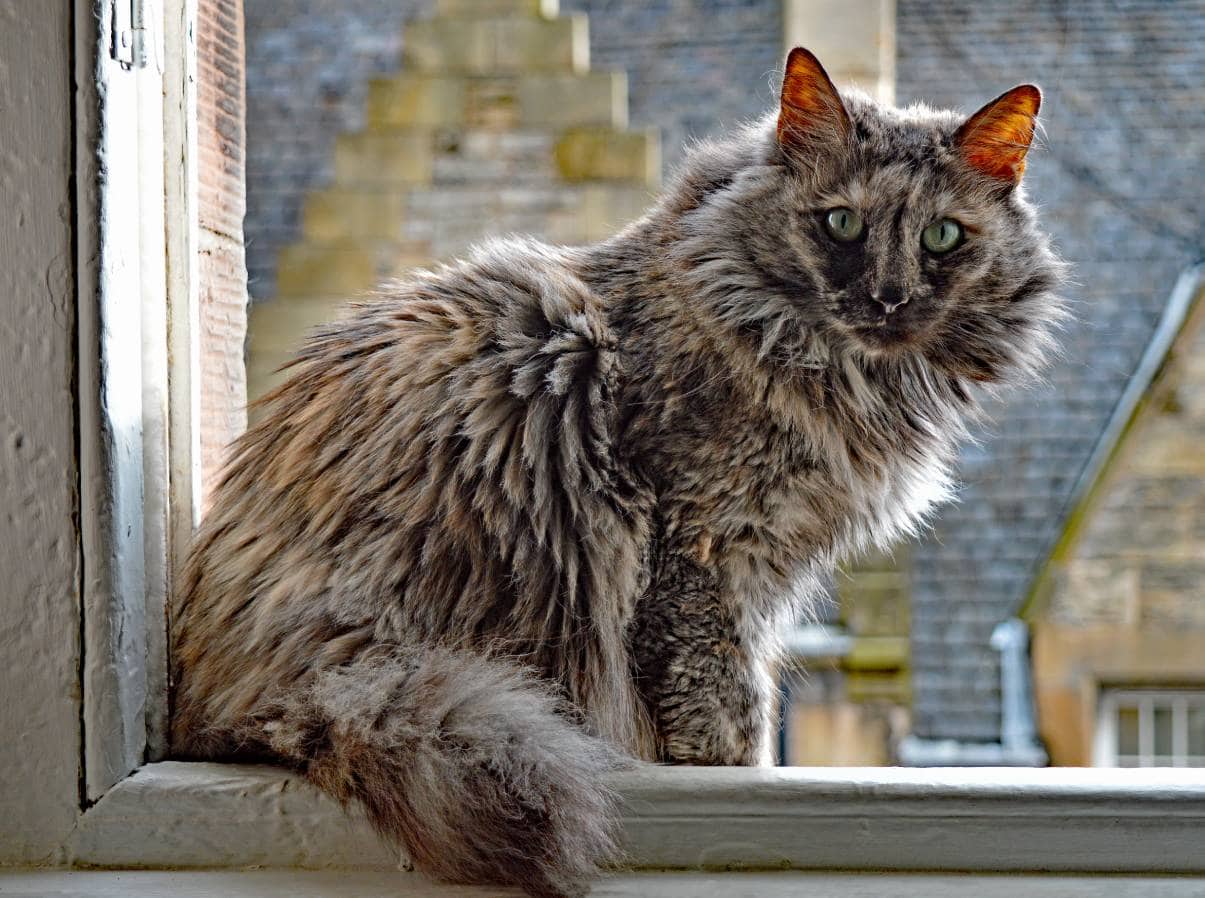
This unusual color pattern appears like smoke, usually as swirls of silver on blue or gray. These cats usually appear as mostly blue but with wisps of silver or white. They may also be two shades of the same color. You may not see these lighter colors at first. Instead, they will begin to appear as they get older, starting at about 12 weeks of age.
15. Odd-Eyed
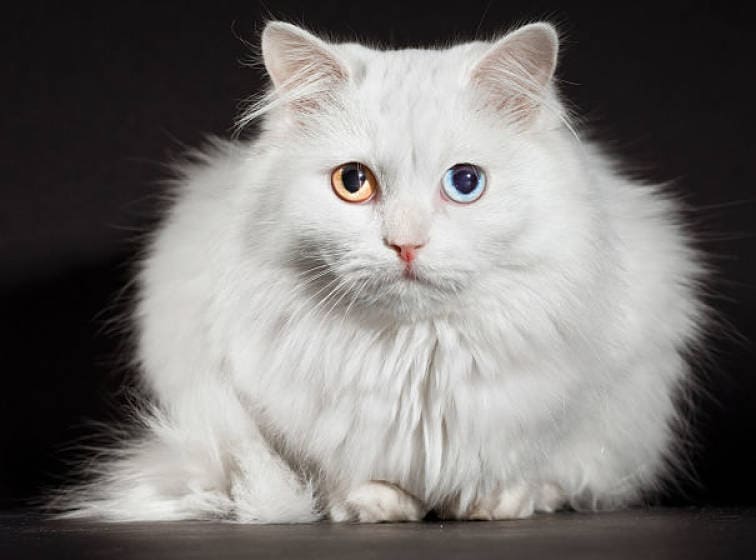
Just like some other breeds of cats (and even dogs), odd-eyed Turkish Angora cats are highly sought after. Most cats of this breed have amber, blue, or green eyes. Odd-eyed cats have two different colored eyes. This can be any combination of the three, but most are one amber and one blue eye. In many cases, this condition is linked to an increased chance of health problems such as deafness, particularly in white Angoras.
Conclusion
Turkish Angora cats are beautiful creatures with a soft, fluffy coat that shimmers in the light no matter the color or pattern. For this reason, it may not matter to you what color your new kitty is. However, if one of the colors above stands out to you, be sure to contact a reputable breeder so you can adopt one of these gorgeous cats with the confidence that they are happy, healthy, and excited to call your home theirs.
Featured Image Credit: Angelika Beck, Shutterstock


